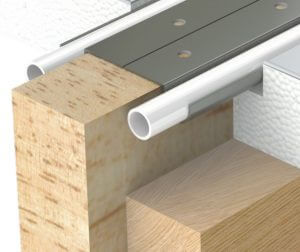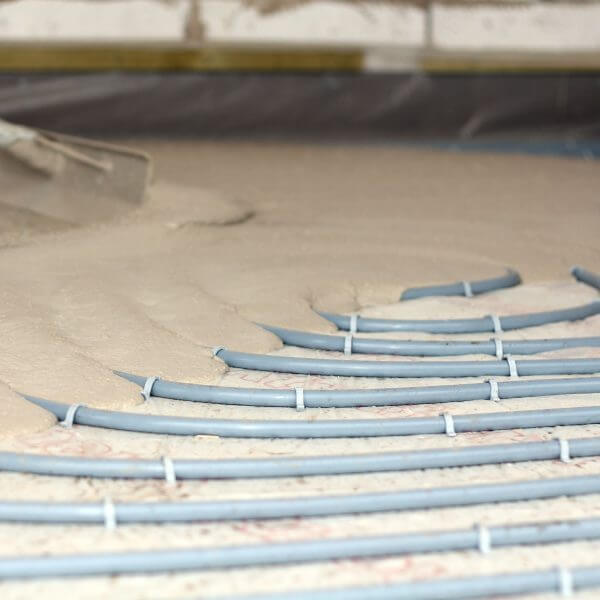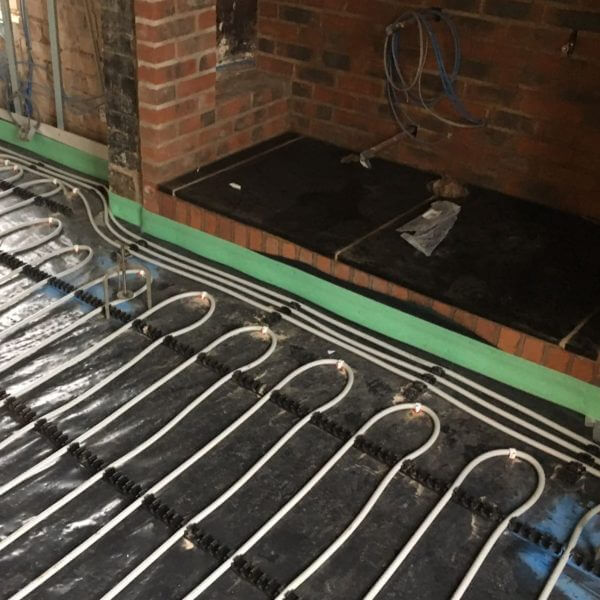 Easy Joist
Easy Joist
Key facts:
- Easy to fit, underfloor heating system for existing or new joist floors
- Real and engineered wood can be attached directly to the joists
- Works with un-even joist spacing’s
- Fast to install - nail or screw the clips to joist edges
- No increase in the finish floor height
- Suitable for low tog carpets - structural floor boards or chipboard over joists
- Uses Frankische pipe with 100 year warranty
- The main advantage of the Easy Joist floor system is a faster response time than with a solid floor. They are also very light and add very little weight to the construction.
Applications:
The Easy Joist system can be used in a variety of installation scenarios. The most common tend to be on first floors in new and older buildings. They likely to be used on older buildings when carrying out renovation work. They are a very lightweight system, making it suitable for most joist types. These systems have no thermal mass like a solid floor and rely on heat spreader plates to distribute the heat. This means they are very fast acting and heat up very quickly, even from cold.
Build up heights:
Easy Joist floors are very convenient, in that they do not significantly raise the floor level. The height is set by the top of the joists that the underfloor aluminium conducting sheet heating is fitted to. This is especially useful when the project has existing joists and limited build up heights. Thickness of the pipe clip is 0.6mm and the heat spreader plate is 0.5mm thick. This means that there is no significant rise in floor heights from that originally planned for when joists were specified
Insulation:
Insulation must be fitted between the joists, and tightly fitted to the pipe clips and top of the timbers. Air allowed to circulate around the pipes will both degrade the system performance, and reduce the rooms heat-up time.
Installation:
The first step of installation for the Easy Joist system is to fix the insulation between the joists. If using a rigid board a suitable batten needs to be fitted on the sides of the joist to support the insulation. Once the insulation is installed you must first fit the pipe clips, and then the pipe, remaining insulation, aluminium conducting sheets, vapour barrier and finally the floor deck.




